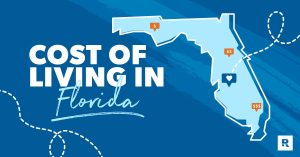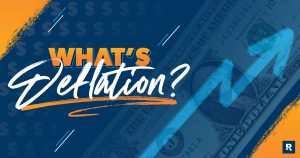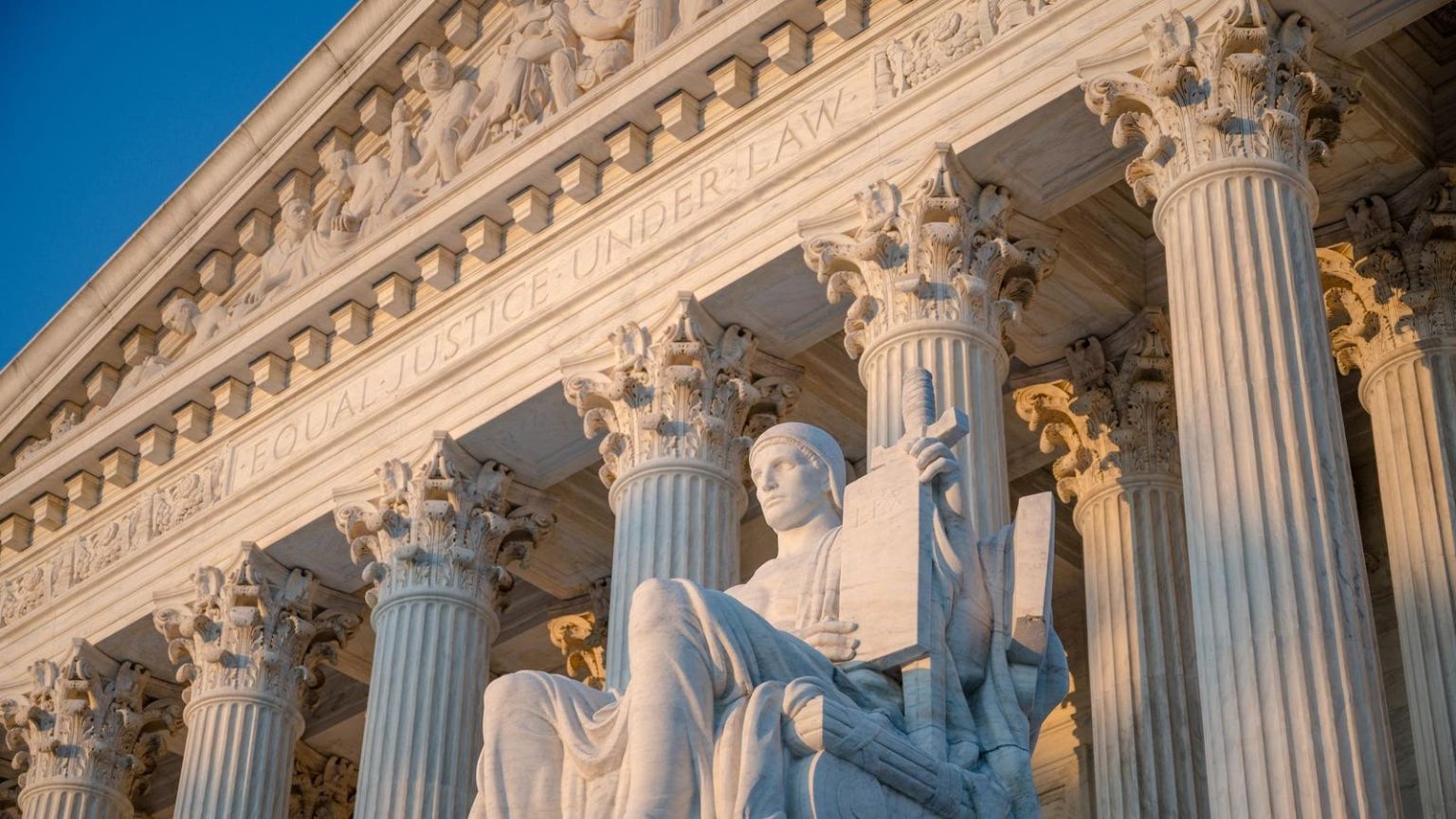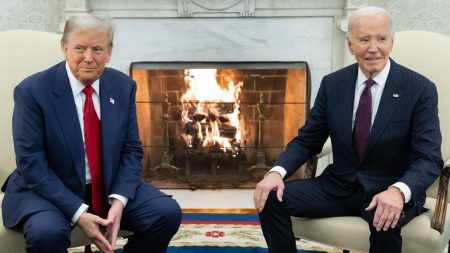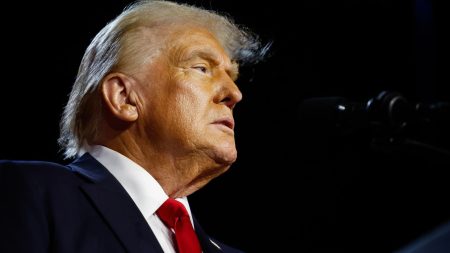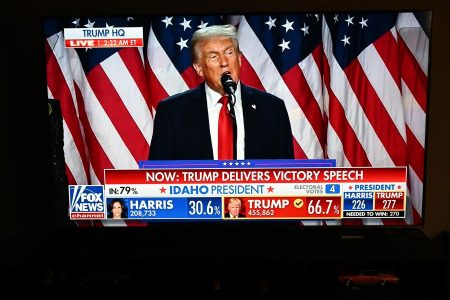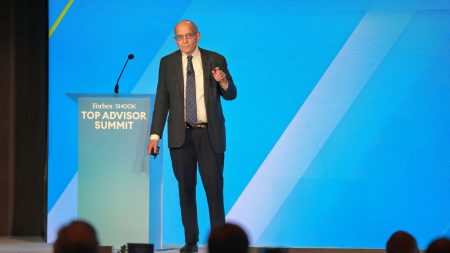Several Republican-led states and conservative-leaning legal groups have asked the Supreme Court to intervene in an ongoing legal challenge over a key Biden administration student debt relief program.
The Saving on a Valuable Education, or SAVE, plan, is a new income-driven repayment plan that the Education Department released last fall. The program’s benefits include lower payments, a subsidy that ends runaway interest accrual, and multiple pathways to student loan forgiveness. But the challengers are trying to block the SAVE plan, arguing that the program’s generous benefits far exceed what Congress originally authorized when it passed legislation establishing IDR plans.
This is a potentially high-stakes legal battle for borrowers, with the fate of student loan forgiveness and affordable payments in the balance. And if the Supreme Court sides with the challengers, some borrowers enrolled in SAVE could see a significant increase in their monthly payments.
Student Loan Forgiveness And Lower Payments Subject Of Court Injunctions
The Biden administration is facing two legal challenges seeking to block SAVE. The lawsuits were brought by two sets of GOP-led states in two different federal courts. Last month, these courts issued critical rulings that threw the SAVE program into turmoil.
In the legal challenge filed in Missouri, a federal judge allowed most elements of the SAVE plan to go into effect. But the judge issued a preliminary injunction halting student loan forgiveness under the program, suggesting that the generous debt cancellation features under the program may have exceeded what Congress had authorized. A preliminary injunction temporarily blocks a federal program, policy, rule, or law while litigation continues, but is typically only granted if a court believes there is a likelihood that the challenge will ultimately succeed.
In a separate legal challenge filed in Kansas, a different federal judge allowed student loan forgiveness to proceed under SAVE, in contrast to the Missouri ruling. But this judge granted a preliminary injunction blocking reduced payments under SAVE that were set to go into effect on July 1. Under the formula change, borrowers with predominantly or entirely undergraduate student loans could have seen a reduction in their student loan payments by as much as 50 percent under SAVE. But as a result of the Kansas injunction, the Education Department placed millions of borrowers into a forbearance, because there wasn’t enough time for borrowers’ payments to be recalculated on such short notice to comply with the court order.
Biden Administration Appeals Rulings On Student Loan Forgiveness And Lower Payments
The Biden administration vowed to quickly appeal both rulings.
In a rapid turn of events, the administration’s appeal of the Kansas injunction to the 10th Circuit Court of Appeals was successful, at least temporarily. The 10th Circuit issued an emergency stay of the lower court’s injunction. This allowed the Education Department to continue implementing the lower payments under SAVE that were set to go into effect, but had been blocked by the Kansas ruling. With the 10th Circuit’s blessing, the department directed its loan servicers to resume billing at the reduced amount to reflect the benefits of the SAVE plan.
But three states — Alaska, Texas, and South Carolina — appealed the 10th Circuit’s ruling to the Supreme Court, arguing that the stay of the Kansas court’s injunction was improper. The nation’s highest court now must decide whether to take up 10th Circuit’s challenge, and if so, whether to uphold the stay, or overturn it.
Meanwhile, the Biden administration has also vowed to appeal the Missouri injunction blocking student loan forgiveness under SAVE. But first, the administration is seeking clarification on the scope of the injunction, and whether all student loan forgiveness is blocked or just so-called “early” student loan forgiveness, which is a unique feature of SAVE that can wipe out a borrower’s federal student loan debt in as little as 10 years (as opposed to 20 or 25 years for most other borrowers).
Supreme Court Ruling On SAVE Plan Could Impact Student Loan Payments
If the Supreme Court ultimately sides with the challengers and reverses the 10th Circuit’s stay of the Kansas injunction, millions of borrowers who just had their SAVE payments reduced starting in July — and budgeted accordingly — could experience a reversal of that reduction. That means that undergraduate borrowers who saw their payments cut in half would see their current payments double.
The Biden administration and borrower advocates argue that the Higher Education Act has provided the Education Department with broad authority to craft the parameters of IDR plans for over 30 years. And the department has properly exercised this authority multiple times — in 1994 to create the Income Contingent Repayment plan, in 2012 to create the Pay As You Earn plan, in 2015 to create the Revised Pay As You Earn plan, and again in 2023 to create the SAVE plan. But opponents argue that SAVE goes too far, and they hope the Supreme Court will agree.
“The Department claims it has had the power since 1993 to cancel as much student-loan debt as it wants under the guise of income-driven repayment (IDR) plans,” said a statement from Sheng Li, Litigation Counsel at the New Civil Liberties Alliance, which filed an amicus curiae brief on Tuesday in support of the challengers. “Congress never authorized the Department to design any plan that is more generous than what Congress has enacted. The Supreme Court should reinstate the injunction against this unlawful plan.”
Supreme Court May Ultimately Determine Fate Of Student Loan Forgiveness Under SAVE As Well
The current question before the Supreme Court is fairly narrow: whether or not it should reverse the 10th Circuit’s stay of the Kansas injunction. This only applies to the lower student loan payments under the SAVE plan.
But the second injunction from Missouri blocking student loan forgiveness is also likely to end up at the Supreme Court, following an expected appeal to the 8th Circuit Court of Appeals. And generally speaking, when two separate federal circuit courts issue distinct rulings on a significant legal question that has national implications, the Supreme Court is likely to get involved one way or another.
A decision on the 10th Circuit’s stay could arrive this week.
Read the full article here
